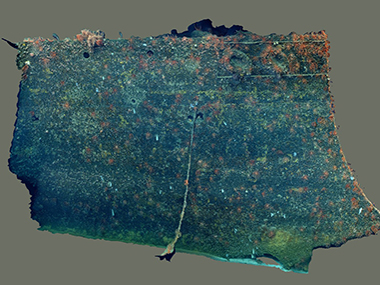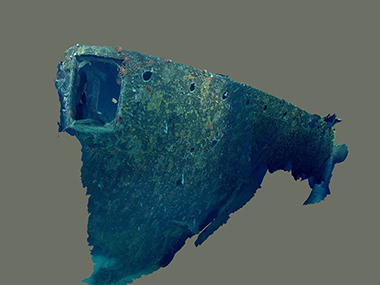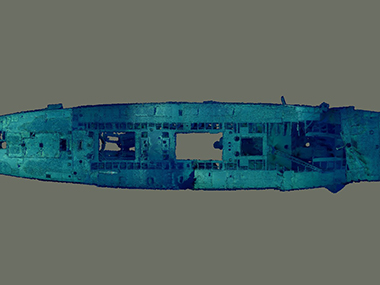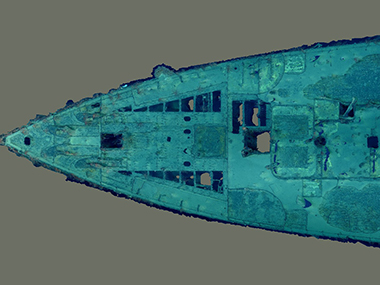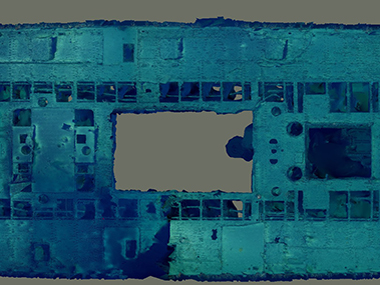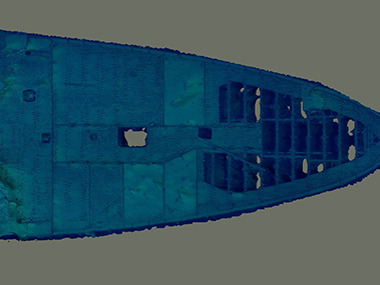USS Baltimore (C-3)
Background
USS Baltimore (C-3) was an American-built U.S. Navy cruiser that was in service from 1890 to 1922. William Cramp & Sons Ship & Engine Building Co., in Philadelphia, Pennsylvania, completed construction of the cruiser on October 6, 1888.
Baltimore had an overall length of 102.1 meters, a beam of 14.9 meters, a draft of 6.25 meters, a maximum speed of 20.1 knots, and a displacement of 4,413 tons. It was equipped with two triple-expansion engines, making it one of the first U.S. Navy ships to use them. It had a complement of 386 personnel with armament that included four 8-inch Mark 4 guns and six 6-inch Mark 3 guns.
In the 1890s, Baltimore served as the flagship for the North Atlantic Squadron, the South Pacific Squadron, where it protected citizens during the Chilean Revolution, and the Asiatic Station. In addition, it had a role in the destruction of the Spanish fleet in Manila Bay in the Philippines during the Spanish-American War’s Battle of Manila Bay on May 1, 1898.
Baltimore also served in World War I, deploying approximately 2,000 mines off the coast of Northern Ireland and between the Orkney Islands and Norway in 1918. After World War I, in September 1919, Baltimore was redesignated CM-1 and assigned to the Pacific Fleet. It remained on the western seaboard of the United States until 1921, when it was sent to Pearl Harbor, Hawai‘i, to serve as a receiving ship.
Removed from the Navy list in 1937, the ship was sold for scrap in 1942, and scuttled in 1944 near the southern shore of Oahu, Hawai‘i.

Exploration
Hawai‘i Undersea Research Laboratory explored the shipwreck in August 2017. On September 29, 2017, NOAA Ocean Exploration and partners explored the wreck during an expedition aboard NOAA Ship Okeanos Explorer. Remotely operated vehicle (ROV) Deep Discoverer — equipped with an Insight Pacific Zeus Plus camera capable of collecting high-definition footage — was used to document the site, which is at a depth of 600 meters and is approximately 102 meters long and 15 meters wide.
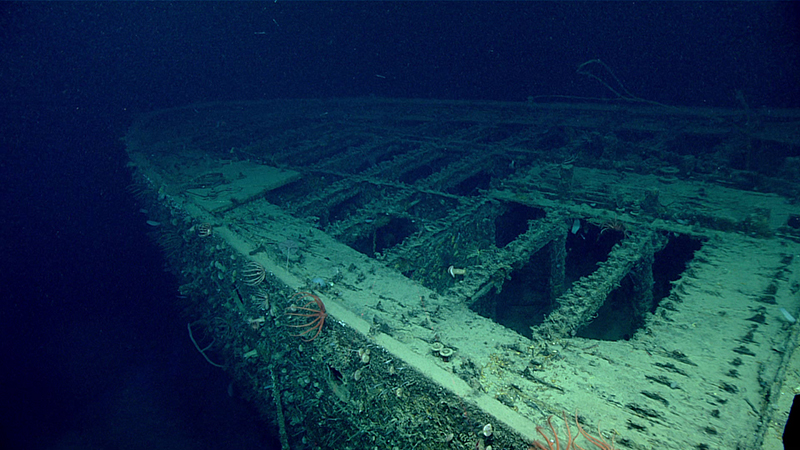
Modeling
The model of Baltimore is based on ROV dive footage from timestamps 19:20 to 23:05. The footage was exported into 13,015 still images using VLC Player. To address alignment issues, four separate models were made (bow, port, starboard, and plan view) and then stitched together in Rhinoceros 8 and uploaded to Construkted Reality.
This model is best viewed on a desktop computer.
Desktop:
- To zoom in and out: Use the scroll wheel on the mouse.
- To move around: Left click on the model with the mouse and drag.
- To rotate: Right click on the model with the mouse and drag.
Mobile Devices:
- To zoom in and out and rotate: Pinch
- To move around: Tap and drag any direction.
Photogrammetry model of USS Baltimore (C-3) developed by Raymond Phipps, NOAA Ocean Exploration explorer-in-training, July 20, 2023. Model courtesy of NOAA Ocean Exploration, Deep-Sea Symphony: Exploring the Musicians Seamounts.
Published October 17, 2024
